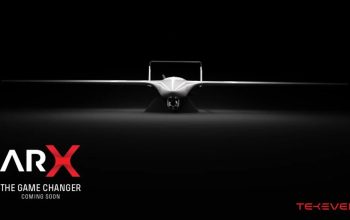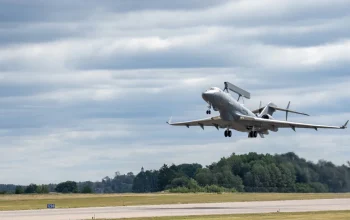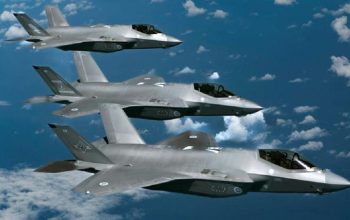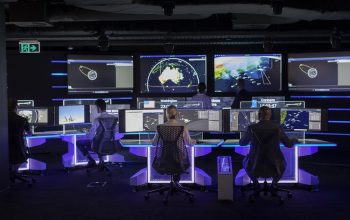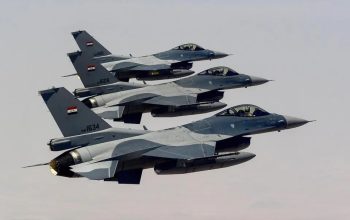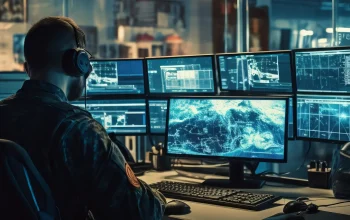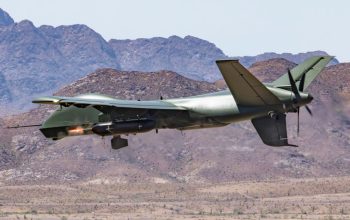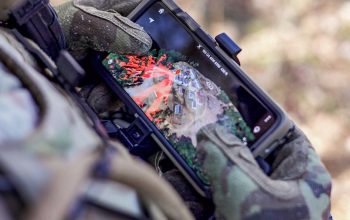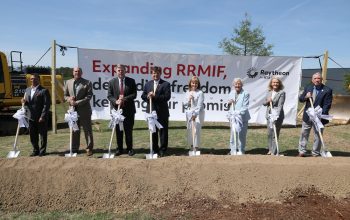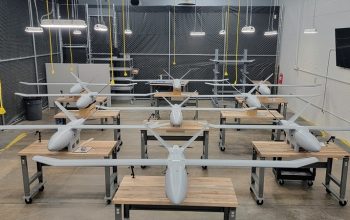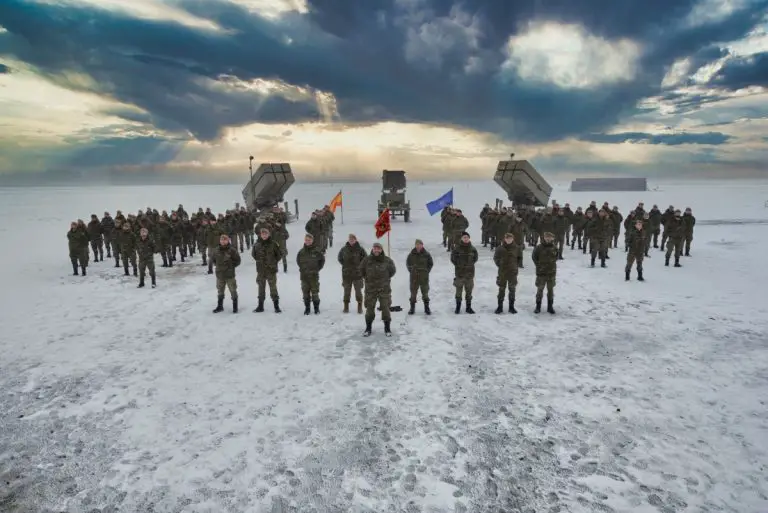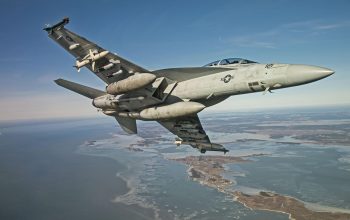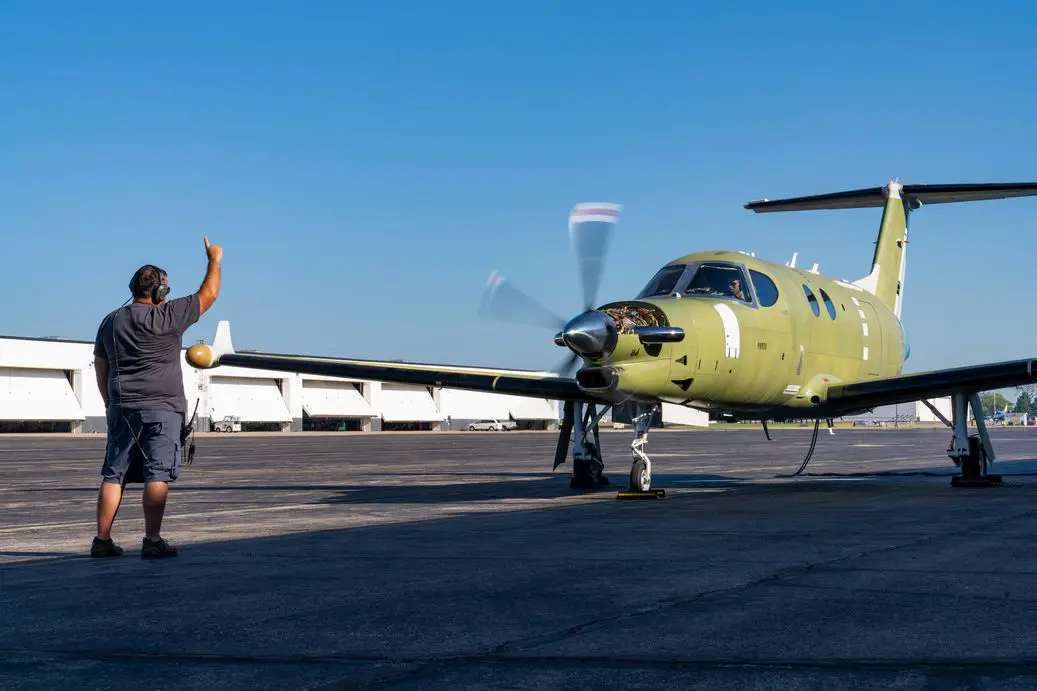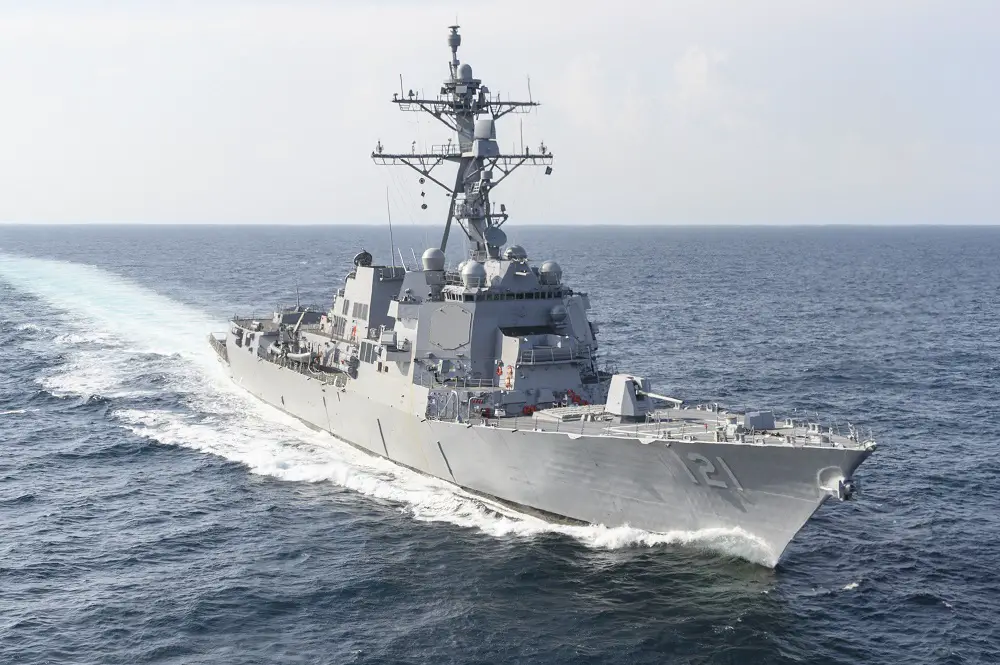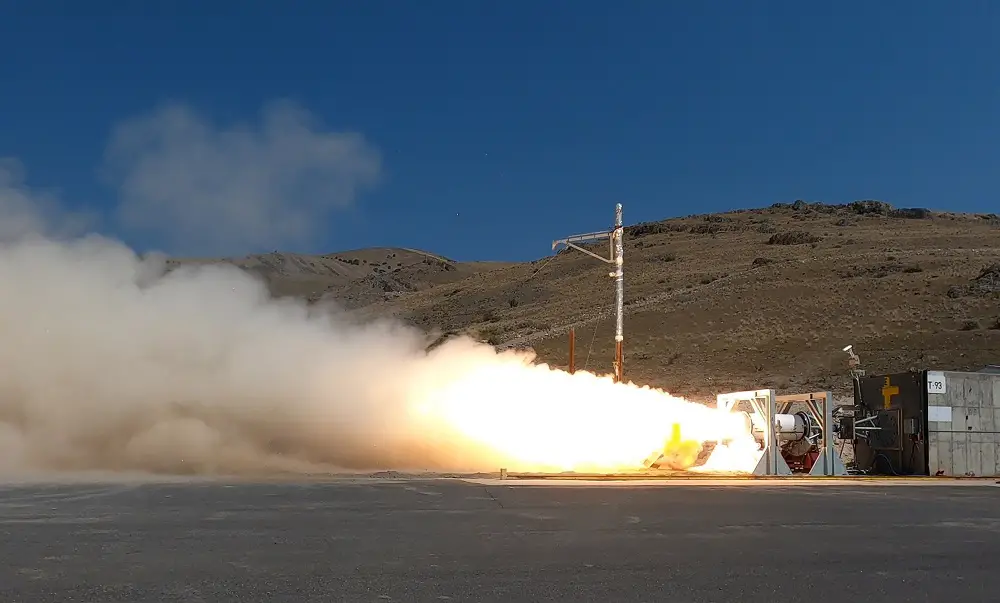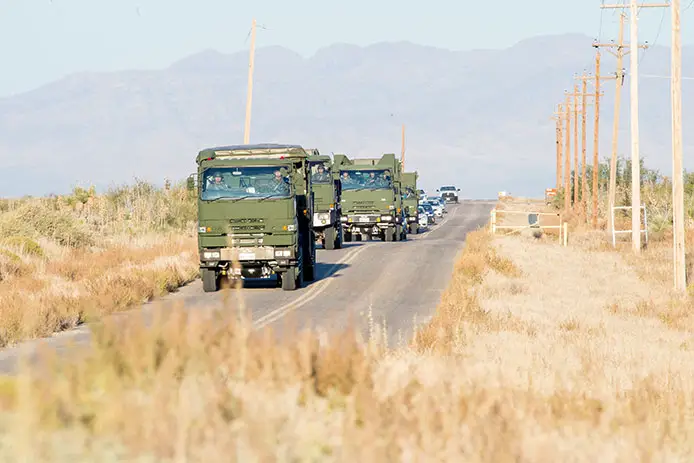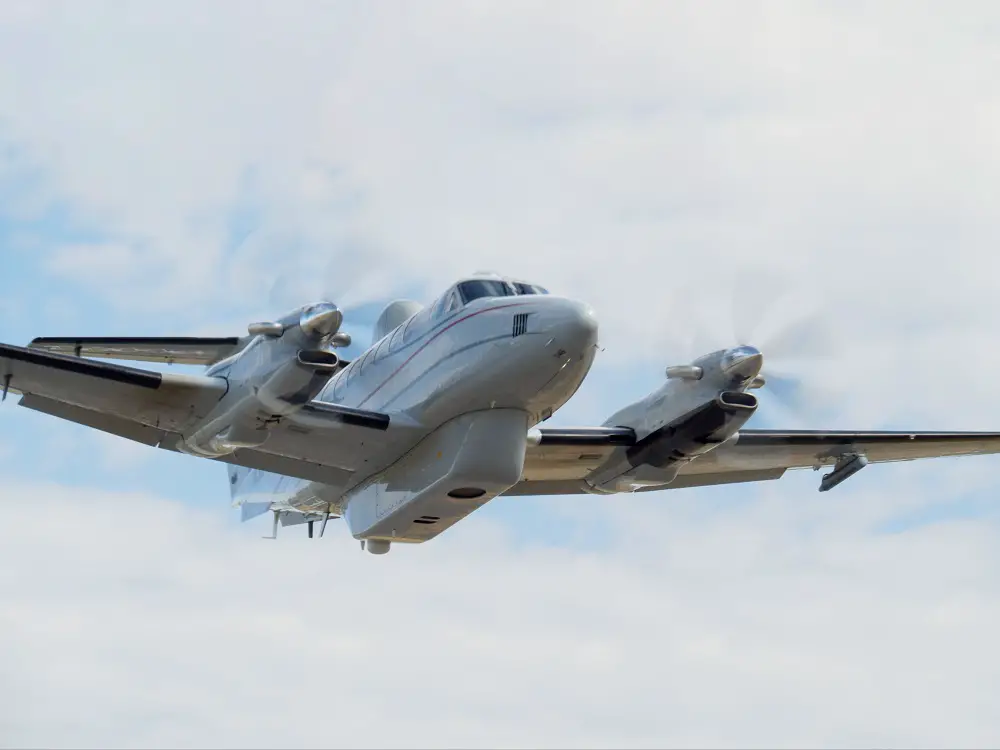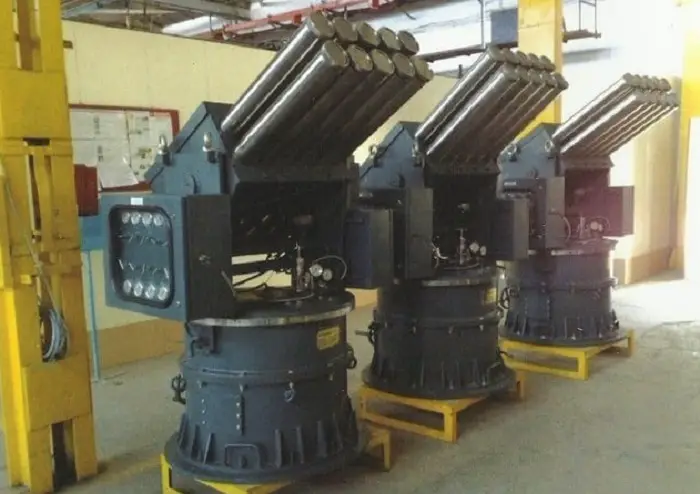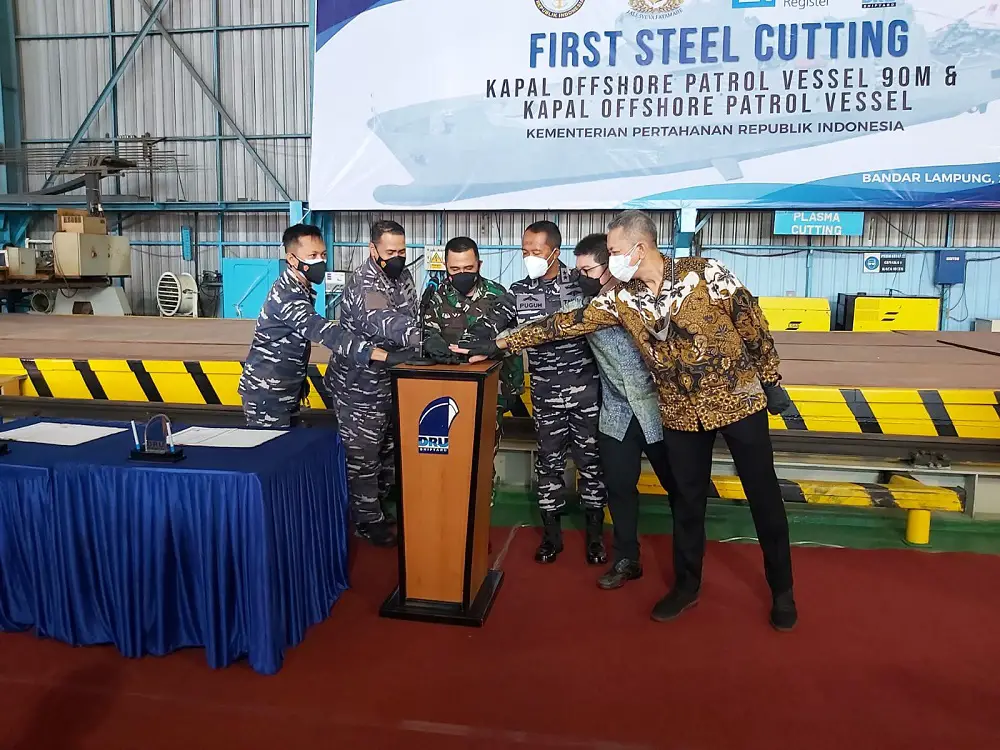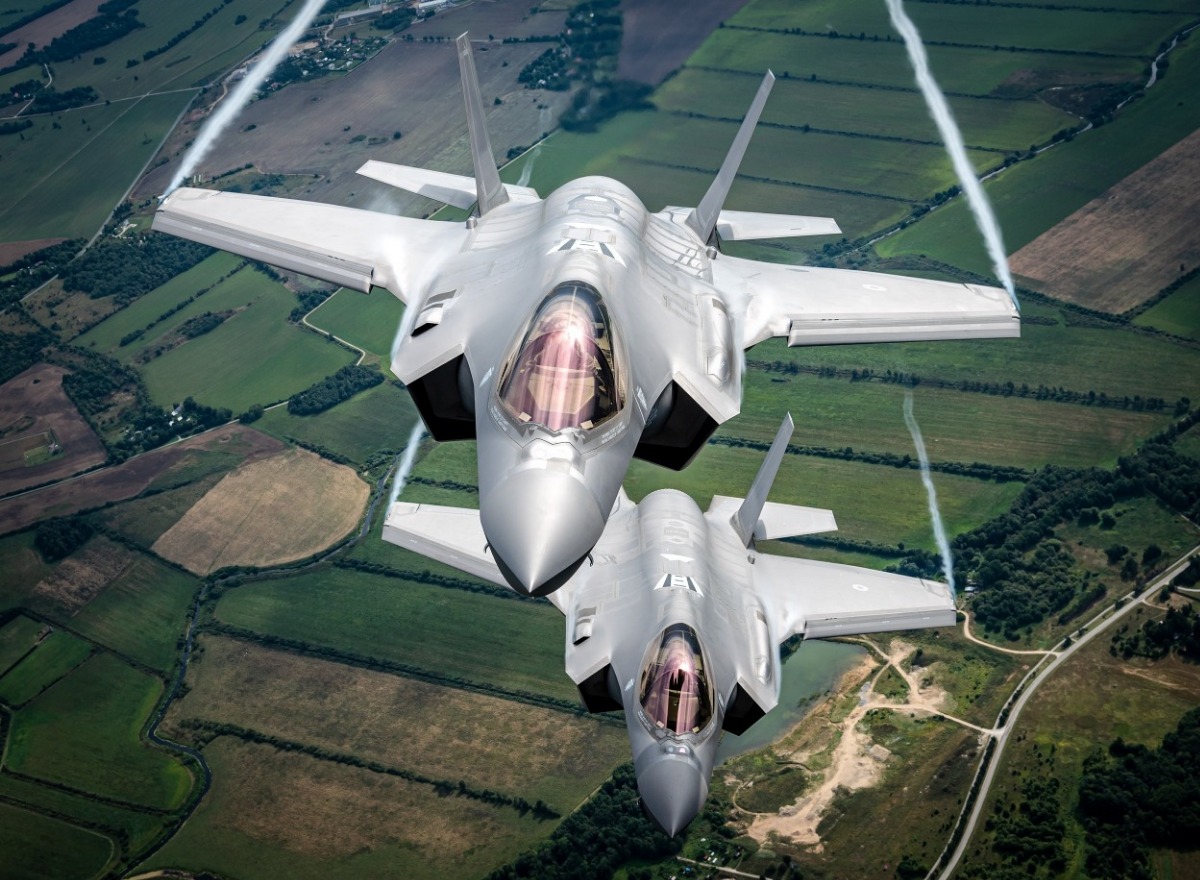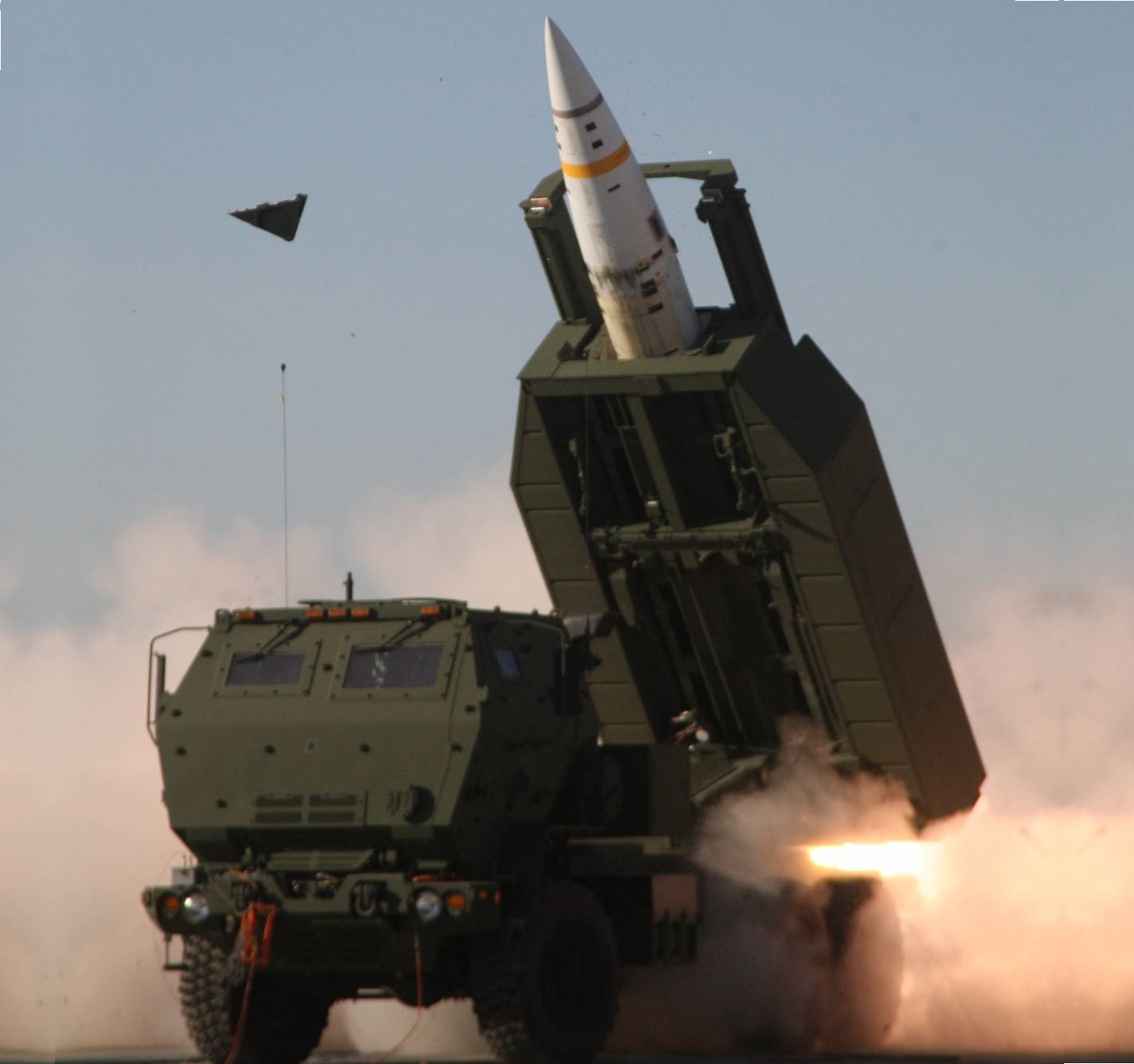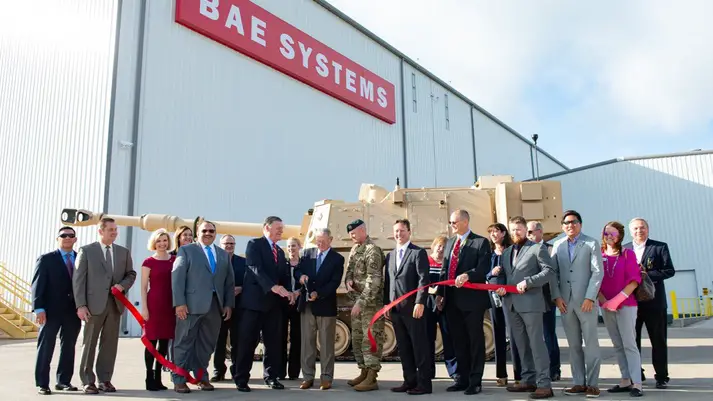Total Force Airmen from Joint Base Pearl Harbor-Hickam completed a multifaceted, air combat exercise April 22, flying more than 100 sorties alongside partners from the Royal Australian Air Force and other U.S.-based units. The exercise, Pacific Edge 21, was hosted over three weeks to provide cost-effective and realistic training, tailored to equip multinational warfighters with skills to fly, fight and win against advanced threats throughout the Indo-Pacific Region. Mission planners from the Hawaii Air National Guard’s 199th Fighter Squadron and the active-duty 19th FS branded the new exercise Pacific Edge, representing the central convergence of partners who traveled from Nellis Air Force Base, Nevada, and RAAF Base Williamtown, Australia.
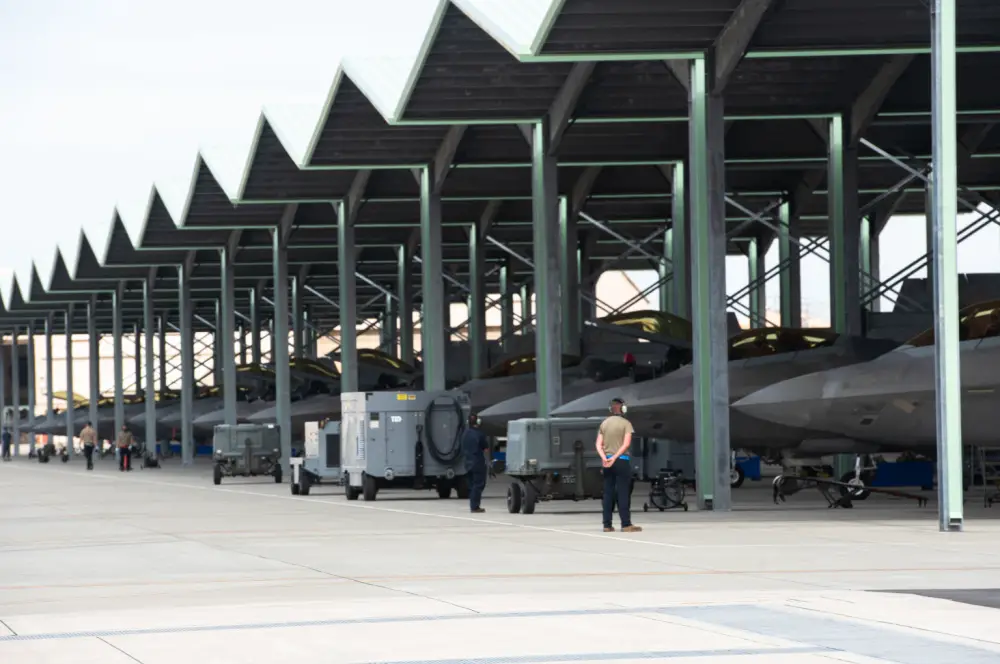
Hawaii Air National Guard F-22 Raptors launched back-to-back sorties while integrating their stealth capabilities with the RAAF’s Airborne Early Warning and Control aircraft, called the E-7A Wedgetail. The platform is operated by an aircrew from the RAAF’s No. 2 Squadron. The exercise was distinguished by its narrow scope of integration, allowing aviators to enhance the most fundamental aspects of bilateral warfare. Larger exercises entail more significant movements and a broader set of training objectives. As the stealth-capable Raptors engaged in combat scenarios with their RAAF ‘mates’ from 2 Squadron, F-16 Fighting Falcons from the 442nd Training and Evaluation Squadron joined the fight while assuming an adversarial role, called ‘red air’ in the fighter community.
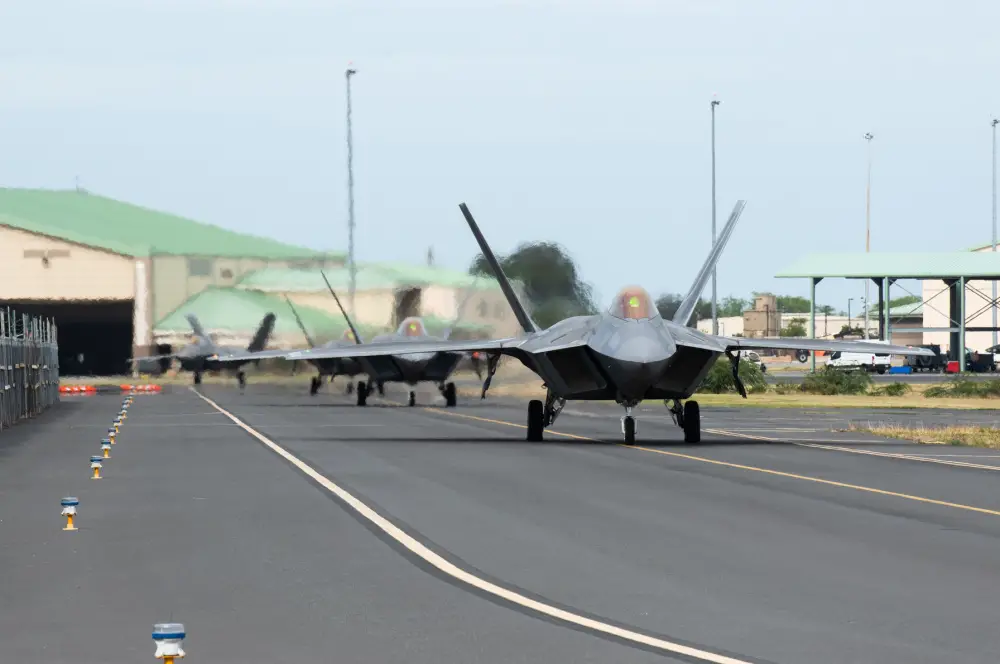
The presence of ‘hostile’ F-16s enabled the Hawaiian Raptors to practice a wider range of combat encounters that could be faced in a real conflict. Raptor pilots responded to sequences in which they would protect a high-value airborne asset from an observed threat and other scenarios that involved direct air-to-air engagements from offensive and defensive postures. Daily sorties were also sustained by the delivery of in-air refueling, provided by Hawaii Air National Guard KC-135 Stratotankers from the 203rd Air Refueling Squadron. Reliable access to fuel is a mission-essential component of air combat operations, as fighter aircraft depend on tanker gas to maximize their reach and flight time.
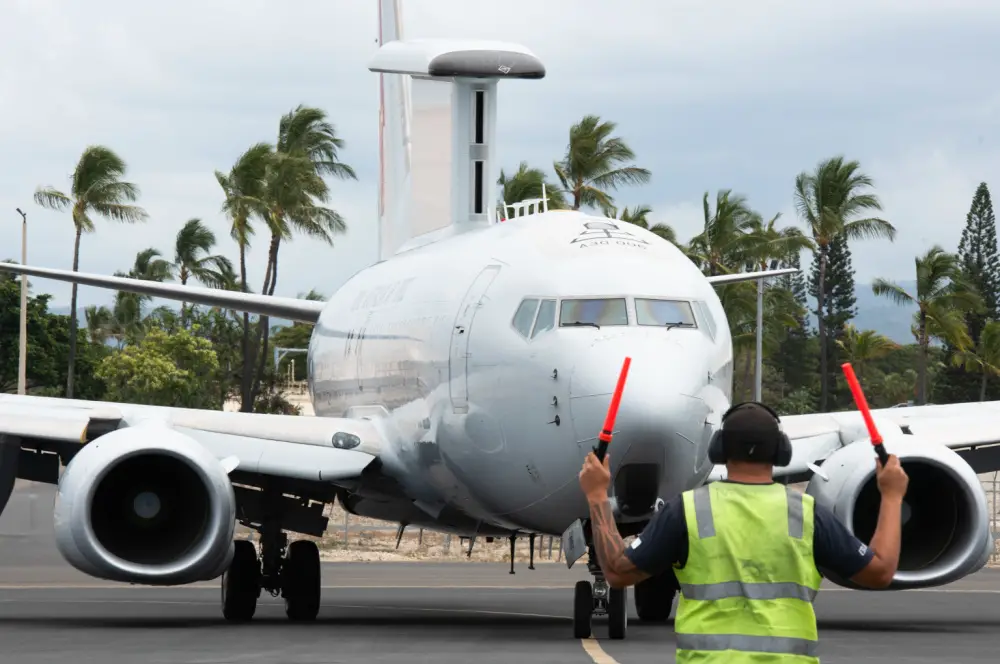
While the exercise’s endgame was to validate the ability to quickly combine the airpower of multinational flying assets into a cohesive fighting force, much of the bilateral growth was achieved through weeks of face-to-face exchanges and sharing of best practices. Seventeen Raptor pilots joined RAAF aircrew inside the Wedgetail throughout the exercise to learn what the crew of surveillance control officers and systems officers bring to the fight and how to make the most of their sophisticated monitoring capabilities by interacting directly with the onboard aircraft captain and mission commander.
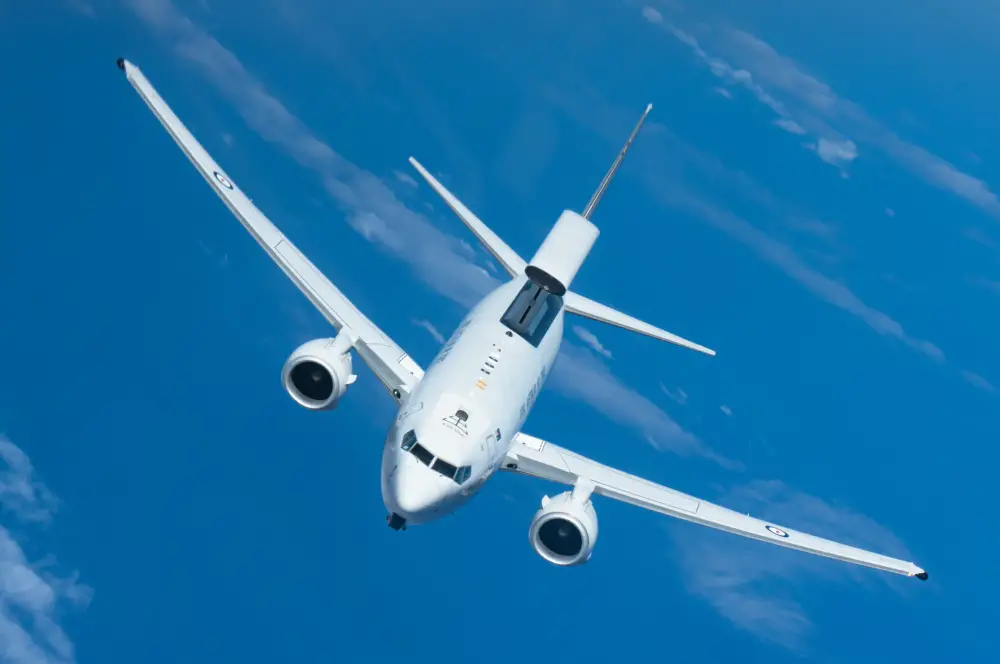
During the Wedgetail ride alongs, Pupilis said that having a Raptor pilot present and listening to the fight helped provide opportunities for real-time feedback and shed light as to what is happening inside the F-22 cockpit during air-to-air engagements. After months of planning and three weeks of execution, Pacific Edge ended with several invaluable takeaways, including upgrade qualification training for members on all parties and detailed reports and experiences that will ensure USAF and RAAF partners are ready to fly together whenever duty calls. Not only with the platforms but in the warfighters and professionals involved. The Hawaiian Raptors hope to continue working with 2SQN in the future with our local exercises and larger events on the mainland.



